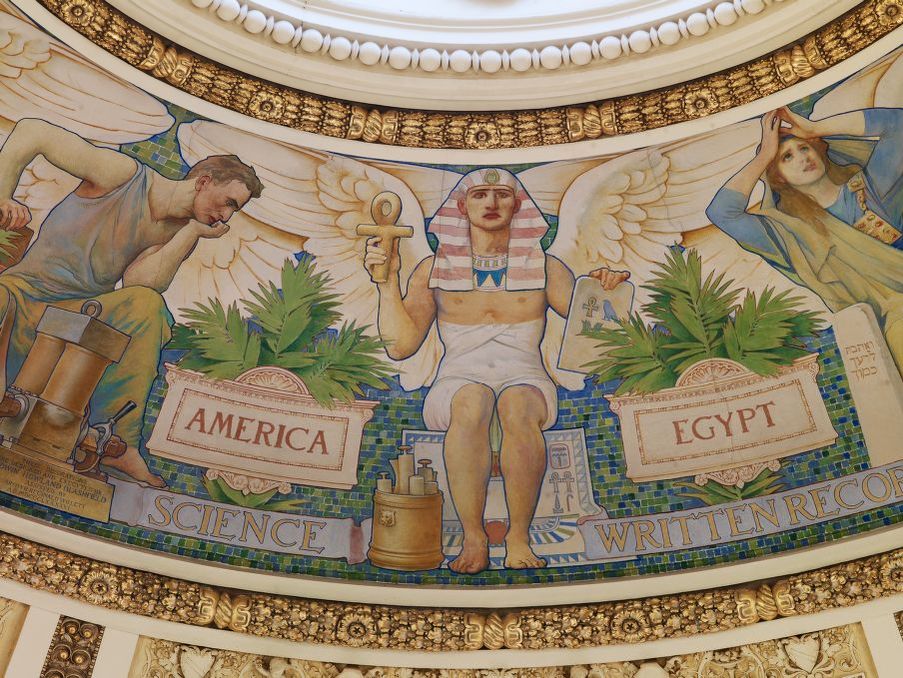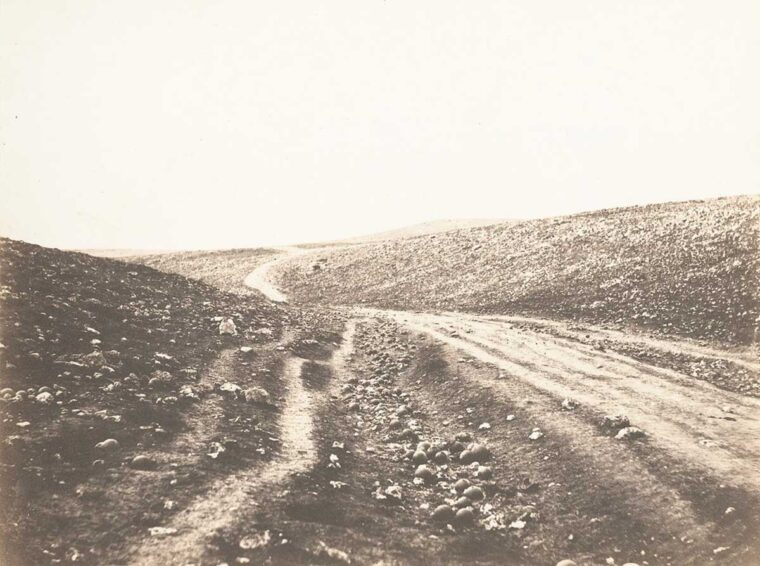January 1 was not only the day that relieved us of 2020, but also a celebration of works entering the Public Domain so works published in 1925 are finally available to all (celebrating that it takes 95 freaking Sonny Bono years to make this happen is bittersweet).
I have a several times a day ceremony of public domain- each time I open a new browser tab in Chrome, thanks to the Free to Use Browser Extension* I get served random image from the Library of Congress public domain collection.
Quite a few times the images that appear beckon me to investigate. This is the call to press the Door Open button that more than often leads to unexpected, seldom trodden corners of the web. And heck, I’ve already written this blog post once before. But the joy of serendipity bears repeating, there is something very relevant about paying attention to what prickles the curiosity rather than attending to email or spraying emojis in social media.
Sometimes is the people in the image, like this one titled Japanese Schoolboy, N.Y from ~1910-1915.
This rabbit hole does not go far, but the looks on all these boys faces makes me wonder what is going on at the scene. Does the Japanese boy in the dark suit not attend the school where the other kids all are dressed in white shirts? What are they thinking? Often when these images are in the flickr commons collection, the comments reveal more information, but not with this one.
Other times it’s my own associations. I saw this image The school at Pie Town, New Mexico is held in the Farm Bureau building, which was constructed by cooperative effort
It’s maybe not all that remarkable, but I have a memory of driving US highway 60 from Socorro New Mexico to Arizona on the last leg of a long road trip, and seeing the signs for Pie Town. It was a place that begged of curiosity to stop and photograph, but sadly I decided to motor on.
I found a fabulous article with much more back story, as this was one in a giant series of documentary photos of post depression America by Russell Lee, and there is a very lovely article Savoring Pie Town published February 2005 in the Smithsonian Magazine.
Often old sports photos come up, I usually don’t follow them down the hole, but for some reason I got curious about who Chief Bender was in this image.
There was no information on the Library of Congress page, but the link to flickr yields a comment with links to a Wikipedia biography
Charles Albert “Chief” Bender (May 5, 1884 – May 22, 1954) was a pitcher in Major League Baseball during the 1900s and 1910s. In 1911, Bender tied a record by pitching three complete games in a single World Series. He finished his career with a 212–127 win-loss record for a .625 winning percentage and a career 2.46 earned run average (ERA).
https://en.wikipedia.org/wiki/Chief_Bender
Bender went on to be a coach and inducted into the Hall of Fame. And “chief” name was apparently because he was of the Ojibwe people in Minnesota. He attended the Carlisle School in Pennsylvania; I wondered then if he crossed paths with Jim Thorpe, but he arrived in 1904 and Bender was already playing pro baseball.
Is this at all significant? No, but sometimes I just get curious about knowing a bit more about what is in a photo.
And how can I resist when the photo that shows up randomly has a title of Morris Levine, 212 Park Street. 11 years old and sells papers every day–been selling five years. Makes 50 cents Sundays and 30 cents other days. Location: Burlington, Vermont
That’s my dad’s name but not my Dad! The Morris Levine I knew was born long after 1916 and never was in Burlington, Vermont (though I was once).
These are just a few small runs down the hole, here is a longer one. For some reason this image caught my mind: Main Reading Room. Detail of Blashfield’s mural in dome collar showing Egypt’s contribution of Written Records. Library of Congress Thomas Jefferson Building, Washington, D.C.
Do you see the stone on the Egyptian figures hand? To me it looks like the blue bird of twitter. Ha ha. To me that had a possibility of making for a possible DS106 Daily Create (I have been trying to keep up that as a habit an encouraging people to submit new ones).
Maybe there is something one could do about inserting the twitter bird into other works of art. I decided to poke around the Public Domain Review thinking that’s a good place to send people for images of art that can be remixed. I wandered down into the images collection and then it happened. Another door of curiosity, this an article titled Of Chickens, Eggs, and Cannonballs: Roger Fenton’s Valley of the Shadow of Death (1855).
This is a fascinating look into the reality of images- and from one in the dawn of photography, 1855
This image, taken by Roger Fenton during the Crimean War in 1855, is one of the earliest photographic records of warfare. It’s also widely considered one of the first “faked” photographs (in which the content has been manipulated with the aim of conveying a different reality as to that which took place).
Known as Valley of the Shadow of Death the photograph shows a desolate scene littered with cannonballs, some populating a ditch and some scattered along a stretch of road. It is an arresting image — somehow managing to evoke at once the heavy throes of mid-battle and the eery calm of a body-strewn aftermath. This famous image is, in fact, one of a pair — both taken by Fenton on the same day, from the same position, of the very same vista. The difference between them? The less famous version has no cannonballs on the road — they are all in the ditch instead.
I took both images (one image is from the Art Institute of Chicago, the other from Wikimedia Commons, both are public domain) and made a comparison thingy:
The whole curious question is- which image came first? Was the road empty and then cannonballs were tossed on them (to make it look like it was in live combat) e.g. Did Fenton stage the shot? Or were the cannonballs moved off the road, as they would need to be cleared to be safe?
The fact that he published both photos might indicate it was not staged- or maybe he gave no thought to the idea that someone would challenge the photo as fake. The story in Public Domain Review gave me the taste for me, so I went deeper into the rabbit hole by finding the 3 part series on this imagery in the New York Times series by Errol Morris. He actually works through the logic by detailed examination of small rocks that have slightly different positions between the two photos. But you will have to read to get the answers.
This is no surprise to find Morris as the author, given how much I relished his related piece on the question of what is “true” about a single photo, Liar Liar Pants on Fire (Morris writes great headlines!).
All of this leads me to be ordering Morris’s book.
From a random image in a browser tab to an unrelated story in Public Domain review to me buying a book- that is the serendipity that open creates, much more than just “free stuff” or license arguing.
** and speaking of serendipity I love that the Free to Use extension was created by student Flynn Shannon and even more when my colleague Joe Murphy noted that Flynn was a Kenyon College student.
Update: 22 Days Later
Feature Image:











That topic of Truth really does run all the way through it. I’ve enjoyed all his movies. And he got a gig writing essays, he would record for NPR. Prior to the book on Photography he was working through his own past history as a Philosophy Grad student. But he was retracing further back prior to the big reveal: https://www.amazon.com/Ashtray-Man-Who-Denied-Reality/dp/0226922685
In the story I heard on NPR he related when he first bumped into this inherent denial of reality. And I’ll link to it rather than retell it. But he was 10yrs. old, and I feel like that helped cement his path in life. To never back down. And he doesn’t to this very day. Here now is the essay, “There is such a thing as truth” https://www.npr.org/templates/story/story.php?storyId=4620511